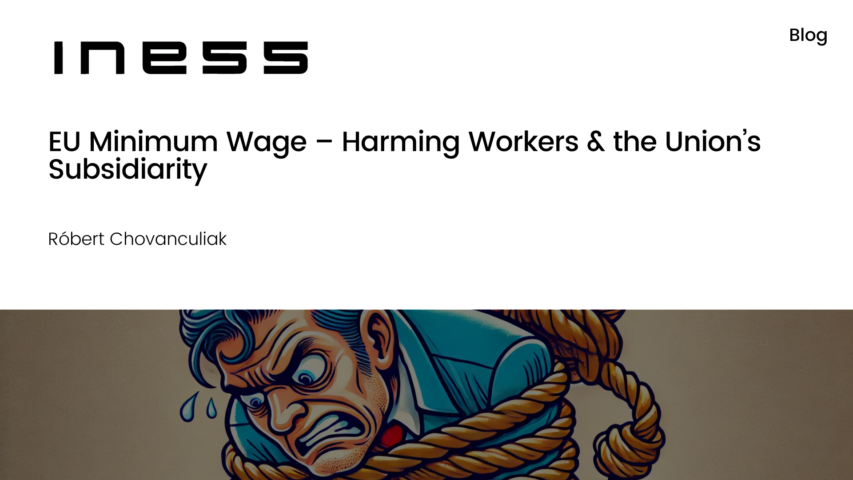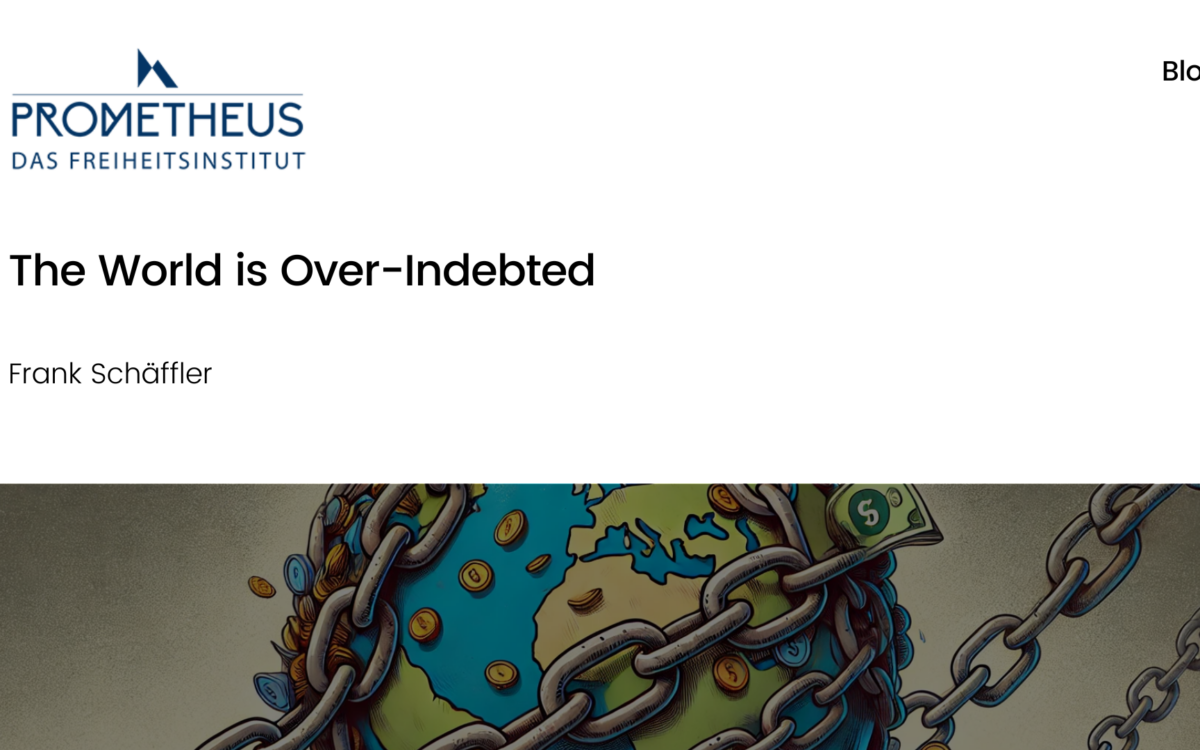EU Minimum Wage – Harming Workers & the Union’s Subsidiarity

EU Minimum Wage – Harming Workers & the Union’s Subsidiarity
Róbert Chovanculiak // 11 November 2022
On 4 October 2022, the European Council adopted a directive to push EU member states to streamline the rules by which they set the national minimum wage. In response to varying income levels in the member states, the European Commission aims to set an artificial standard for wages across the block. This directive promotes a so-called ‘adequate minimum wage’ to enable working people to cover the rising costs of goods and services. In the eyes of the EU, the minimum wage should be set at 50 per cent of the national average salary or 60 per cent of the median salary, respectively.
If you try to look up concepts connected to the principle of subsidiarity, you will probably end up on the websites of EU institutions. This is because this principle is one of the cornerstones of the European Union. The definition of the subsidiarity principle on the European Commission website notes that EU ‘measures should only be taken when they can be more effective, than action at the national, regional or local level’.
In other words, if the EU plans to focus on some policies, it should focus on pan-European or global issues. In the case of minimum wage, the EU decided to set its attention to how much a worker makes in a small town like Rimavská Sobota in Southern Slovakia. In a perfect world, this issue would be solved by the local job market. In an imperfect one, it may be solved by the regional government. In the case of Rimavská Sobota, sadly, it will be the politicians in Bratislava who make such decisions. In any case, it is certainly not something that should be decided by politicians sitting in Brussels.
They have most likely not read the Institute of Fiscal Policy’s (IFP) study that shows that in Slovakia’s case, instituting a minimum wage would have a direct negative effect on less-developed regions in the country. In fact, not even the politicians of the Slovak government have read the IFP study. It appears that to set the ‘adequate’ minimal wage, the EU chose a populist methodology: ‘my way or the highway’. Principally, they felt that 40 per cent of the average national salary is not ambitious enough. On the other hand, 60 per cent felt like a bit too much. So, they decided to split it in the middle and set the cap at 50 per cent of the average national salary.
What would the implementation of this initiative mean for Slovakia? If the country has a methodological constraints in calculation of a median salary, then it can only start by following the principle of setting the minimum wage as 50 per cent of the average salary. This year, Slovakia will barely meet the threshold. In the coming year, however, the minimum wage will rise to €700. Therefore, accounting for inflationary pressure, the average salary would reach €1432. If that were to happen, the minimum salary will only reach 49% of the average salary.
Luckily, since the directive has a variety of options on how to comply with it, Slovakia might not have to increase its minimum wage because of the EU. Furthermore, countries that do not have a legal minimum wage will not be obligated to introduce one as a result of this directive. Acceptance of the directive, however, opens the door to other regulations in the future. This principle would mean that a group of people living in one city in Europe can decide on an ‘adequate’ minimum wage on behalf of 450 million people, a prospect that is both naïve and dangerous.
Yet, at the end of the day, it does not matter where the pressure to raise the minimum wage comes from – from the populist left, technocrats at the Ministry of Labour in Slovakia, or Members of the European Parliament. What really matters for the job market in Rimavská Sobota is the cost of labour. This cost has been on the rise over the years, which has led to the stagnation of the unemployment rate in Rimavská Sobota at 15 per cent, even during a period of massive economic growth and job creation.
The original article was published by INESS and translated by Christopher Jakoubek.
EPICENTER publications and contributions from our member think tanks are designed to promote the discussion of economic issues and the role of markets in solving economic and social problems. As with all EPICENTER publications, the views expressed here are those of the author and not EPICENTER or its member think tanks (which have no corporate view).



